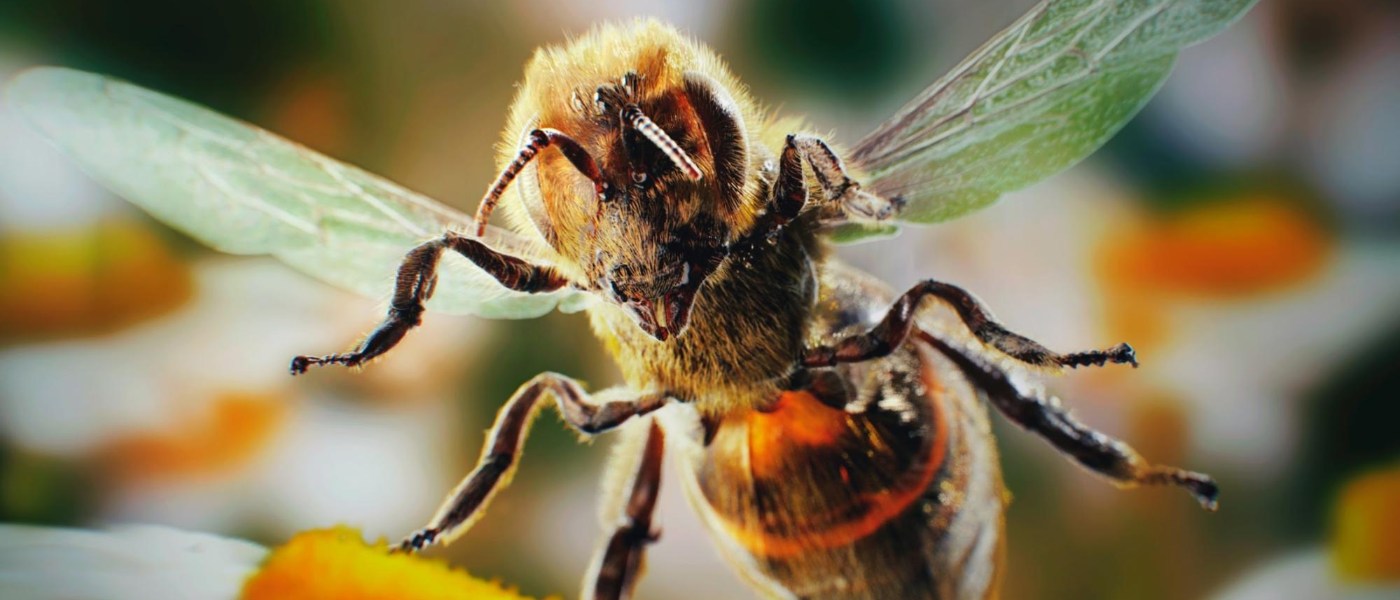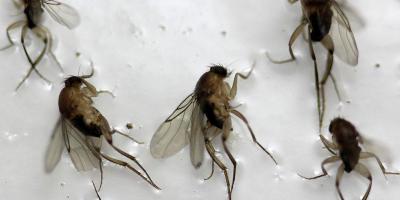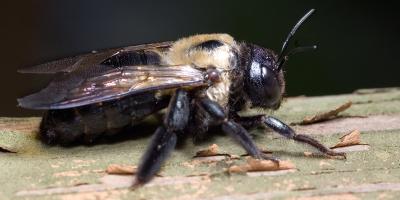Is a Stinger the Mark of the Enemy?

It may float like a butterfly, but does it sting like a bee?
Under the glare of the summer sun, it can be tough to tell the difference between a practically harmless honey bee and its far more dangerous cousins -- hornets, yellow jackets, and wasps, which are actually not even bees at all. Knowing when it’s safe to linger or time to run is crucial to making it through the season un-stung.
More importantly, being able to spot a harmless honey bee safeguards the benefits these pollinators bestow on the environment. At JP Pest, we take honey bee conservation seriously and partner with local beekeepers to help protect these fragile, but critically important populations.
Beware these Types of “Bees”
Actually, the expression “sting like a bee” is something of a misnomer. Bees are actually among the most docile of the stinging insects. In fact, male carpenter bees don’t even have stingers at all. Bumblebees and honeybees do, but they’re far more interested in spreading pollen or building a honeycomb than sticking humans, and even stinger-equipped female carpenter bees will rarely sting unless roughly handled.
Carpenter bees and bumblebees are pretty easy to identify by their fuzzy black and yellow abdomens. Honey bees look a little more like their more ferocious relatives, but their small stature (about ½-inch) and compact exoskeletons differentiate them.
When you encounter larger winged insects with three distinct body segments, that’s when you might be in trouble. Hornets and wasps have more elongated torsos and thinner wings than bees, and are covered in little to no hair.
It’s not just their bodies that are different, either. Whereas bees create a block of hexagonal cells out of wax to construct their hives, hornets and wasps build paper mâché nests, literally chewing wood until it becomes a pulp, then crafting it into a structure that often resembles a tornado.
Yellow jackets are a specific species of wasp that builds nests underground, making them the most difficult of all to detect.
Buzz Off!
The one characteristic common to all of these insects (known collectively as Hymenoptera) is that they don’t go out looking for a fight—they usually have to be provoked before they wield their stingers against humans.
If you do accidentally wander into a swarm of wasps, hornets or bees—especially if you disturb a hive or nest—the first rule is to run, run, run. Brush any insects off your body and get indoors as quickly as possible.
Bees are the least likely to sting, perhaps because they have the most to lose: Their stingers are made of barbed lancets, so once they plunge their biological weapon into tissue, it’s not coming back out. That means they’re most likely going to leave behind part of their digestive tract and, not long after, will die.
Thankfully, stings usually aren’t nearly as deadly to humans.
Unless the stinging victim has a specific allergy to their venom, bee stings are generally more painful than harmful. Same goes for wasp and hornet stings, although those do ratchet things up a couple notches on the pain scale.
If you or someone you’re with gets stung and begins experiencing symptoms of an allergic reaction, such as swelling of the mouth or throat, wheezing or shortness of breath, nausea, vomiting, weakness, fainting or vomiting, seek immediate medical treatment. If it’s a known allergy and there’s an EpiPen available, now’s the time to use it.
Otherwise, most people wind up with not much more than a large welt (four or more inches across), a fair amount of pain, and a few days of discomfort.
If you discover a swarm of black and yellow critters buzzing around your property and don’t know how to identify them, just ask Dr. Gary by uploading a photo of the pest in question for free identification.



